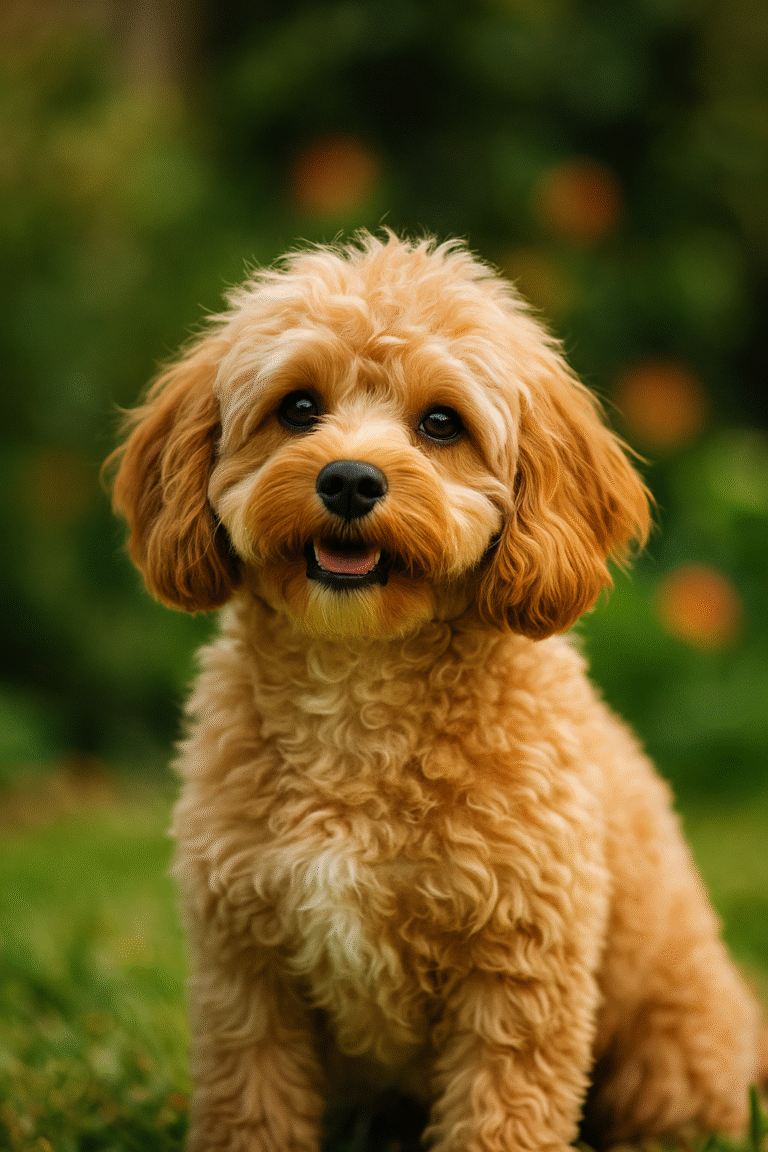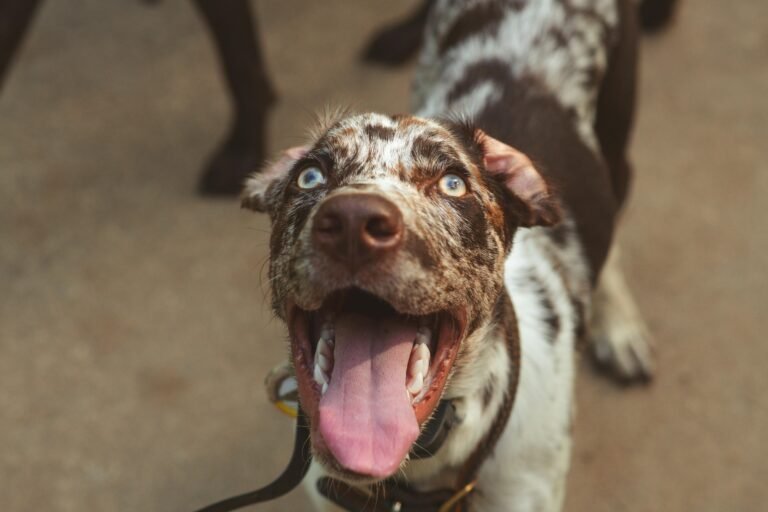The Labrador Retriever is one of the world’s most popular dog breeds because of its friendly demeanor, intelligence, and versatility. Known for their love of people and their strong retrieving instincts, these dogs excel in many roles, from family companion to service animal and sporting partner. To understand what makes the Labrador Retriever such a beloved breed, we’ll explore its history, physical traits, temperament, and care requirements.
History
The Labrador Retriever originated not in Labrador, but on the island of Newfoundland in Canada. Early settlers bred a medium-sized water dog called the St. John’s dog, valued for its ability to retrieve fish and waterfowl. British fishermen and aristocrats visiting Newfoundland admired these dogs’ work ethic and brought some back to England in the early 19th century. There, they refined the breed through selective breeding to enhance its retrieving abilities and even temperament. By the mid-1800s, the dogs were known as Labrador Retrievers. The breed gained recognition by The Kennel Club in 1903 and by the American Kennel Club in 1917. Today, Labs are renowned for their work in hunting, search and rescue, therapy, and assistance roles.
Physical Characteristics
Labrador Retrievers are medium-to-large dogs with a strong, athletic build. Males typically stand 22.5 to 24.5 inches at the shoulder, while females measure 21.5 to 23.5 inches. They usually weigh between 55 and 80 pounds. A defining feature is their short, dense double coat, which repels water and provides insulation in cold conditions. Coat colors include black, yellow (ranging from pale cream to rich fox red), and chocolate. Labs have a broad head with friendly eyes, a strong jaw, and drop ears. Their otter-like tail is thick at the base and tapers toward the tip, aiding in swimming. Another characteristic is their webbed feet, which, combined with their strong hindquarters, make them powerful swimmers.
Temperament and Personality
Labrador Retrievers are famous for their outgoing and affectionate nature. They are often described as “friendly,” “even-tempered,” and “gentle.” Labs bond strongly with their families and generally get along well with children and other pets. Their eagerness to please makes them highly trainable, and they respond best to positive reinforcement methods. They’re also energetic and enthusiastic, especially during activities that involve retrieving or swimming. This breed needs regular mental and physical stimulation to prevent boredom and undesirable behaviors like chewing or excessive barking. Because of their good-natured temperament and intelligence, Labradors are often used as therapy dogs, guide dogs for the visually impaired, and in search and rescue operations.
Health and Care
Like all breeds, Labrador Retrievers have some inherited health issues. Hip and elbow dysplasia are common concerns; these developmental disorders can lead to arthritis and mobility problems later in life. Responsible breeders test their dogs and avoid breeding dogs with these conditions. Labs may also be prone to progressive retinal atrophy, cataracts, and other eye disorders. Another potential problem is exercise-induced collapse, which causes muscle weakness during intense activity. The breed’s hearty appetite puts them at risk of obesity, which can worsen joint problems. Feeding measured portions of high-quality food and avoiding too many treats is essential. Regular veterinary check-ups and preventive care, including vaccinations and parasite control, will help maintain your Lab’s health.
Exercise and Training
Labradors are high-energy dogs that require daily exercise. They enjoy activities like long walks, running, swimming, and playing fetch. Without enough activity, they may become restless or destructive. Retrieving games satisfy their natural instincts and provide mental stimulation. Early socialization and obedience training are important for establishing good manners and preventing behaviors like jumping on people. Because they are food-motivated, Labs respond well to reward-based training. Advanced training can include agility, rally obedience, dock diving, and even nose work. When properly trained, Labs can excel in canine sports and can also perform tasks such as retrieving game during hunting.
Grooming
The Labrador’s short coat is low-maintenance compared to long-haired breeds but does shed year-round. Weekly brushing with a slicker or bristle brush will help manage loose hair, and more frequent brushing during heavy shedding seasons will keep your home cleaner. Labs typically require baths only when they become particularly dirty or smelly, as frequent washing can strip natural oils from their coat. Regular grooming should also include ear cleaning (to prevent infections), nail trimming, and dental care.
Feeding and Nutrition
Because Labradors are predisposed to obesity, controlling their diet is vital. Choose a balanced dog food appropriate for your Lab’s age, size, and activity level. Measure meals instead of free feeding, and avoid table scraps or high-calorie treats. Puppies may need three meals a day, while adults generally do well with two meals. Monitoring your Lab’s weight and adjusting food intake as needed can help prevent weight gain. Fresh water should always be available.
Living with a Labrador
Labradors are adaptable to various living situations as long as their exercise needs are met. They thrive in suburban or rural homes with secure yards, but they can also live in apartments if given sufficient daily exercise. These dogs are social and do best when they are part of the family; leaving them alone for extended periods may lead to boredom or separation anxiety. Labradors enjoy participating in family activities, whether swimming at the lake, hiking on trails, or relaxing indoors after a day of play.
Conclusion
The Labrador Retriever’s enduring popularity is no accident. With a rich history rooted in hardworking fishing dogs, an appealing physical appearance, a friendly and trainable temperament, and the versatility to excel in many roles, the Lab remains a favorite among dog lovers worldwide. For prospective owners willing to meet their needs for exercise, mental stimulation, and companionship, Labrador Retrievers offer unwavering loyalty and joy. By understanding the breed’s background, characteristics, and care requirements, you can ensure that your Lab has a healthy, happy life and remains the lovable companion that has stolen the hearts of so many.






